Now in its thirteenth edition, Flashback for this 2025 sees the participation of thirty-seven galleries, coming from different regions of Italy and, in some cases, from abroad, testifying to the fair’s ability to maintain a dimension that is both local and international. Among them, seven have decided to explicitly display the prices of the works presented in their stands, a choice that takes on a precise meaning in the current market context. In an exhibition environment where the practice of indicating economic values still remains in the minority, the decision to make the figures public is a sign of openness and transparency, and it is finally becoming increasingly widespread: more and more exhibitors are deciding, not only at Flashback, to show claims for the prices displayed. For visitors, often curious to understand the economic dynamics that govern the buying and selling of art and just as often afraid to ask questions of gallery owners, this practice offers a concrete and immediate point of reference. For galleries, on the other hand, it can become a way to approach new collectors, reducing that perceived distance that sometimes separates the enthusiast from the potential buyer.
The presence of these seven realities (a not insignificant number: we are talking about almost a fifth of the participants) also makes it possible to read in a more articulate way the different strategies adopted in the art market panorama in Italy: from those who intend to emphasize the accessibility dimension of their work, to those who prefer to highlight the cultural and historical value of the works through a declared and transparent price. In the context of Flashback, where the fair has always defined itself as “art is all contemporary,” the choice of some galleries to make prices explicit also becomes a gesture consistent with the spirit of clarity and participation that the event promotes. Below are the booths where visitors were able to see the prices of almost all the merchandise on display.

The historic Turin-based antiquarian bookstore on Via Po returns to Flashback after a few years’ absence and does so to celebrate its 40th birthday. Il Cartiglio, founded in 1985 by Roberto Cena, is bringing 40 engravings by Albrecht Dürer to the fair for 40 years , and its booth, in addition to being one of those with prices, is also one of the most interesting because it offers a rather varied overview of the German genius’ engraving work. The choice of Dürer is linked to Roberto Cena’s predilections, and on display are splendid burins taken from the Nuremberg artist’s most famous series, from the Little Passion to the Great Passion via theApocalypse. The most expensive piece (24,000 euros) is the Great Triumphal Chariot of Emperor Maximilian I, a series of eight woodcuts impressed on virgin paper, and the one for sale is probably a sixth edition of the seven executed (it can be dated to after 1589). Among the most valuable pieces are an Engagement of the Virgin (first state out of three, from 1504-1505) at 8,200 euros, the Three Winged Genies (burin, first state out of two, 2,800 euros) and a splendid Madonna lactans from 1519 (burin, single state, second variant out of four) at 7,200 euros. Prices start at 2,600 euros. Further note of merit: the gallery has also published a catalog of the entire exhibition, with all prices in plain text. Congratulations!
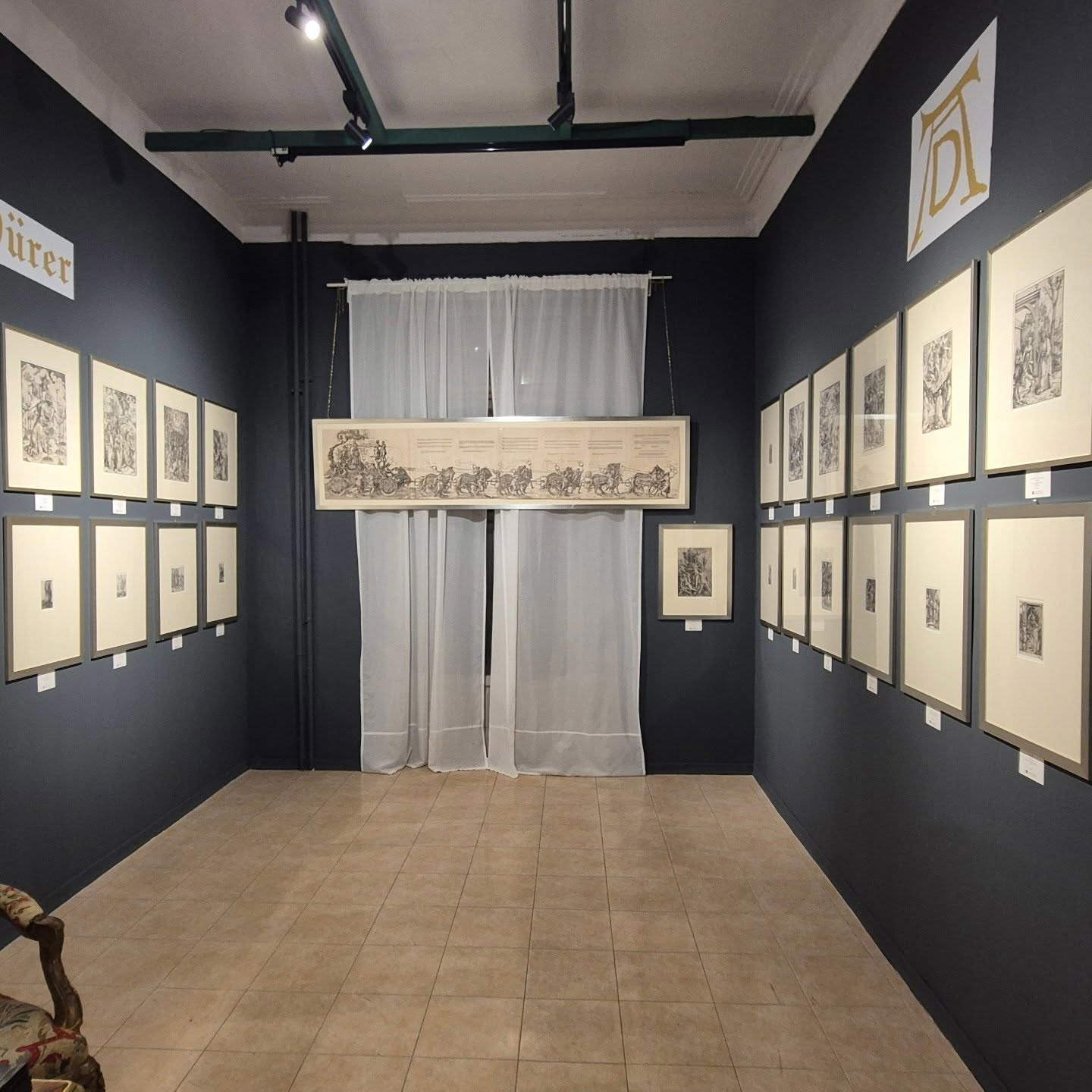
L’Incontro Gallery is participating in Flashback this year as CaputoColossi and is among the few galleries that have always offered their work with prices. The Brescian gallery focuses on artists of the second half of the 20th century, several of whose recent works are on display: among the most interesting pieces is a small carpet-nature by Piero Gilardi, Roses and Plums from 2002, which sells for 6.500 euros, a large silkscreen print on aluminum by Joseph Kosuth(One+nine, a re-text #5 from 2003) with a small exhibition history behind it as well (25,000 euros), and an archived Fiore by Mario Ceroli in varnished Russian pine wood from 2010, selling for 12,000 euros.

Among the galleries that have long made a good habit of displaying prices is the Dutch gallery Floris van Wanroij, which has made no secret of always wanting to show the cost of works to the public as a matter of transparency. Based in Dommelen, just outside Eindhoven, the gallery specializes in Old Flemish art. Among the most prized pieces in this edition are a pair of landscapes with a view of a village and a castle by Jacob Grimmer, a 16th-century Antwerp painter of rural scenes that were instrumental in moving theFlemish art of the 16th century from a fantastic type of view to a genre more adherent to reality (the pair sells for 160,000 euros), an interesting still life with a dog, a cat and a bunch of asparagus by Pseudo-Jan van Kessel II, an author active in southern Holland or Italy in the late 17th century (26.000 euros), an “Italianate” by 17th-century Herman van Swanevelt (19,500 euros), and a fine Vanitas with books and musical instruments by Vincent Laurenz van der Vinne the Elder (60,000 euros).
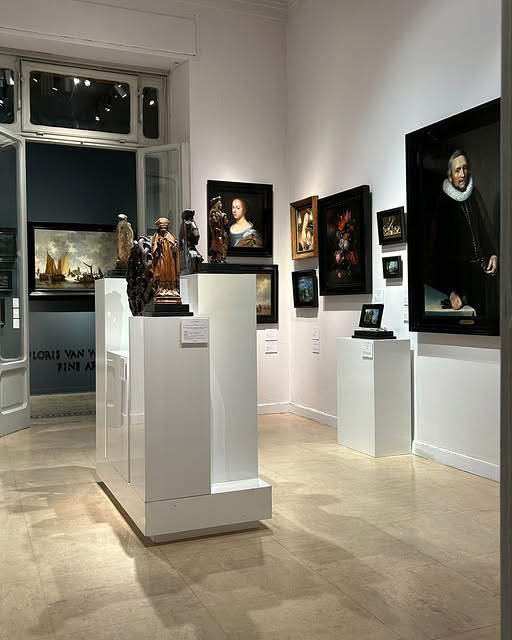
Todi ’s Tower Gallery is also among the galleries that have always been very transparent about prices. This year, the Umbrian gallery brings a selection of previously unseen works by Giacomo Balla, including a tapestry from 1918, a triptych installed on a net(Modern Romanticism - Garden of the Lake from 1939, the price of which, however, is not displayed) and a painted wooden parrot, the only known example of this cute Futurist toy (already sold during the fair). Also Tower Gallery exhibits an entire wall dedicated to Elica Balla, the artist’s daughter: landscapes, portraits of kittens (including her own), budgerigars, almond blossom branches. Prices range from 5-600 euros for the smaller pastel stuff to over 2,000 for the more challenging paintings.
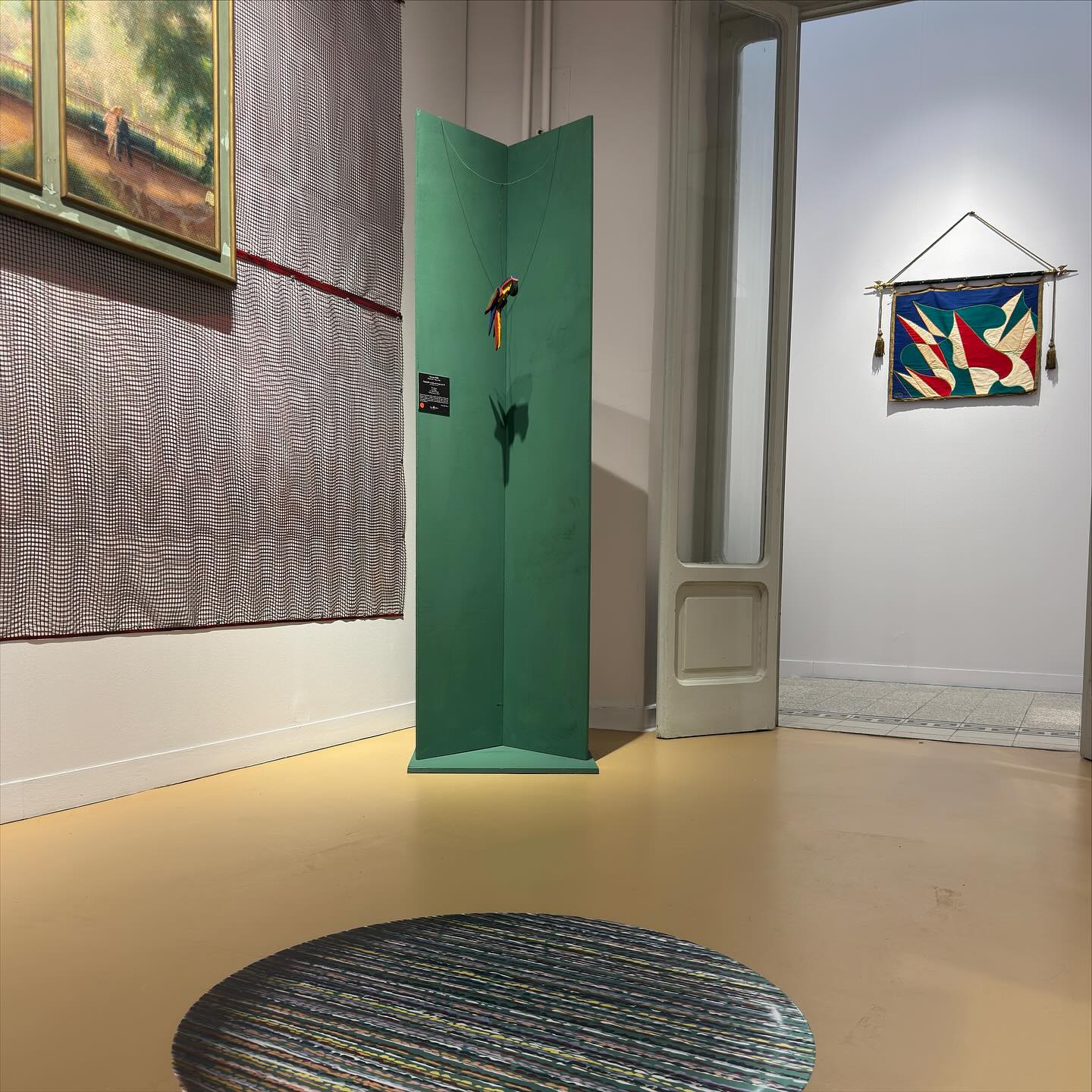
The Florentine gallery brings a selection of works from the sixteenth to the nineteenth century, and at Roberto Ducci ’s booth the most interesting things are precisely those from the nineteenth century: These include the splendid 1902 Filastrocca nel bosco (Nursery rhyme in the woods ) by Edoardo Iurizza, a forgotten but very talented painter from Trieste, and then a Nuda con pulcino (Nude with chick ) by Giacomo Grosso from Turin, one of the typical nudes of the artist born in Cambiano, and again the Schiava legata (Tied slave ) by the Neapolitan Giuseppe Boschetto, which takes us into the Orientalist culture of the late 19th century, when these exotic-themed paintings imbued with strong sensual accents had spread throughout Europe. For these paintings we are in the range of 11-15 thousand euros.
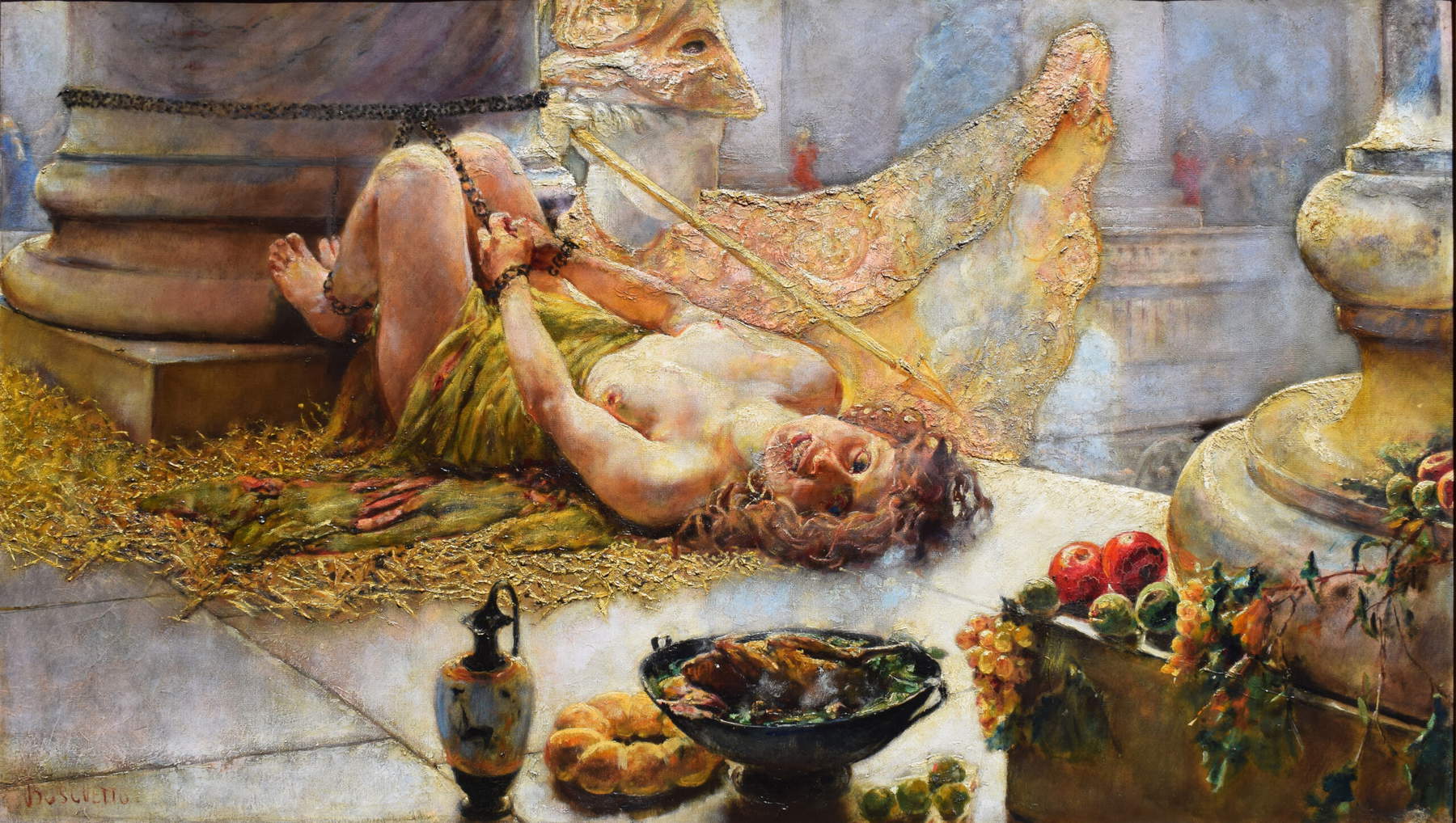
One of the masterpieces in this edition of Flashback, Silvestro Lega’s Sacred Music , is on display at the booth of Rome’s Riccardo Boni Gallery , which this year features several artists ranging from the 19th century to the present. The price of this important work by Lega is not displayed, but to give the reader an idea we can say that it passed at auction in 2010 with an estimate of 110-160 thousand euros. Prices of other works, however, are displayed, for example a fine selection of pastel landscapes by Alessandro Poma, most of which have already sold, a sign of the Turin public’s appreciation for the alpine views of this important landscape painter active in the early part of the 20th century. Those still available are selling for 1,800 euros.
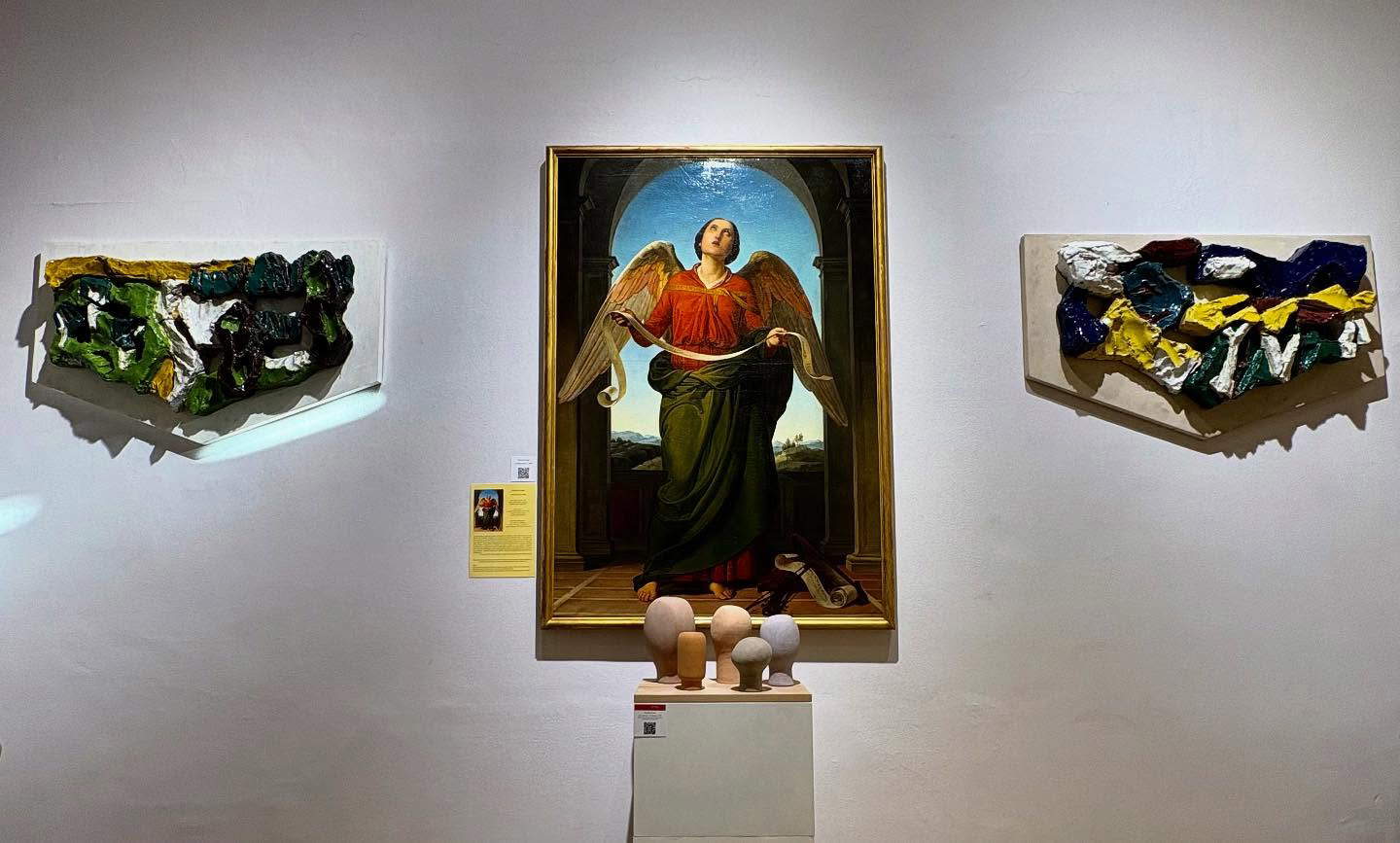
Joining the list of virtuosos this year is Frascione Gallery , which hosts a selection of first-rate artists from the seventeenth to the early twentieth century in its Flashback booth. One of the highlights is a beautiful Still Life of Fruits and Flowers by Bernardo Strozzi (€70,000), displayed near a Jeune fille aux cheveux blondes by Federico Zandomeneghi (€25,000) that shares the wall with a beautiful and intense Spirituality by Thayaht (7 thousand euros) and a Woman at the Bath by her brother Ram (7 thousand euros), and then again L’Atlantico by the rare futurist Paolo Alcide Saladin (33 thousand euros) and an exquisite group of small portraits on copper from the 17th century, the most interesting of which is a Portrait of a Man attributed to Giuseppe Vermiglio (18 thousand euros).

Warning: the translation into English of the original Italian article was created using automatic tools. We undertake to review all articles, but we do not guarantee the total absence of inaccuracies in the translation due to the program. You can find the original by clicking on the ITA button. If you find any mistake,please contact us.